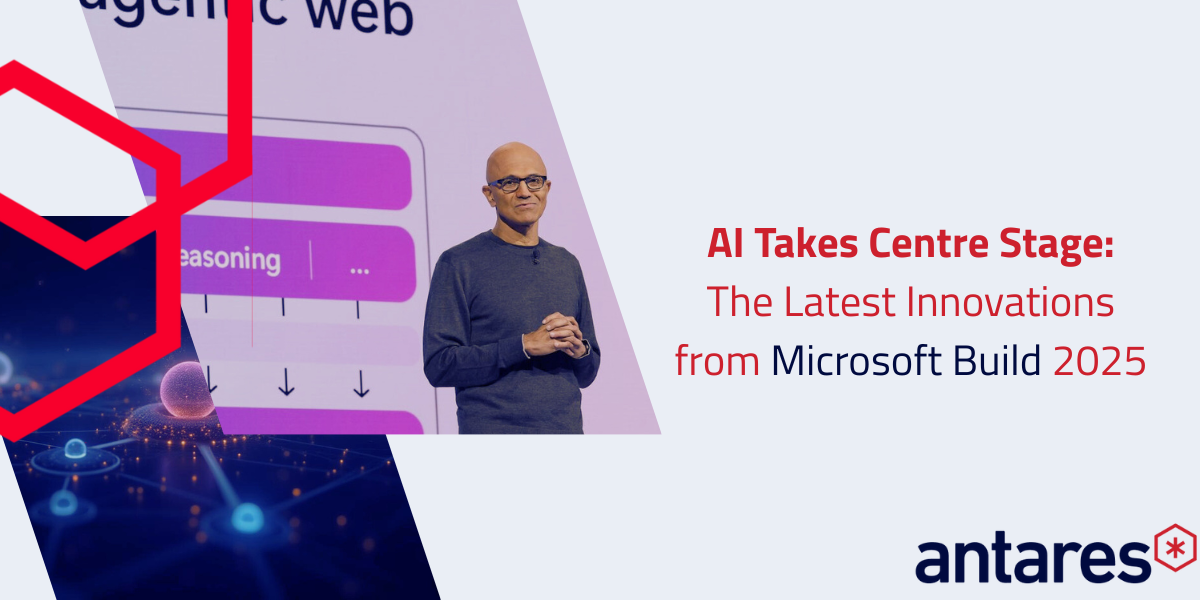
Industry Insights
The Future of Teaching and Learning in Higher Education

Sulabh Jain
Head of Product
November 25th, 2021
Remote learning has been on the rise in the tertiary education space for quite some time, with TAFEs and universities looking to evolve traditional onsite models for almost a decade.
This undoubtedly helped many to respond quickly when COVID lockdowns hit in 2020. However, like many primary and secondary schools, shifting to remote learning still gave rise to many questions such as:
- How do we deliver highly engaging learning experiences in a digital environment?
- How do we meet student digital expectations (speed, security, reliability)?
- How do lecturers find time to answer questions asked at all hours of the day and night?
- How do we enable student collaboration online?
Singapore is widely revered as one of the world’s most technologically advanced cities, with a preeminent education system. So when it came to a discussion on the future of adult learning, we were excited by the opportunity to speak alongside Singapore-based leaders in this space.
In our webinar titled Education Reimagined, education leads from Antares, Microsoft, and a leading higher learning institution in Singapore shared their views on how technology is helping to drive successful outcomes.
On a quest to provide the ultimate adult learning environment
When COVID hit, a progressive higher learning institution in Singapore responded rapidly – shifting their 14,000 students from classrooms to Microsoft Teams within a week.
The institution’s Principal Lecturer, says the school had been investigating how to include technology in the curriculum for some time. One of their key drivers was to meet the needs of students who also need to balance work and family commitments.
While the lockdown fast-tracked tech initiatives by several years, their leadership team was keen to capitalise on the new capabilities to enable a more hybrid learning environment into the future.
Looking for a way to make the most of their students’ use of Teams, as well as solve key challenges affecting lecturers and students, the institution deployed QBot.
QBot is an AI-powered chatbot engineered to capture verified answers to FAQs, store them, and serve them up to any student immediately when asked. The features of the bot would allow the institution to solve two key challenges:
- Answering student questions immediately, inside or outside of school hours
- Saving lecturers time so they could focus on supporting students in other ways
Their initial pilot included 1600 students, 70 classes, and resulted in the development of an impressive chatbot knowledge base within just a couple of months.
In seeking to solve another key challenge (student to student engagement), the institution decided to evolve their use of QBot so that, instead of tagging lecturers to answer questions, it would tag students. This empowered students to engage with their peers and seek different perspectives in both open and private chat environments.
4,000 students participated in this second pilot, which has received excellent feedback. When asked to complete a reflection on the strategies they used to help with learning, a sample of student responses included:
“Another strategy I used is to rely on QBot. I got to see different perspectives and opinions on the concepts that we learn each lesson as QBot will throw the question to other classmates.”
“QBot was also used…where we try to ask each other questions and help to answer everyone’s question.”
“[QBot] allows me to understand concepts better by viewing it from two different perspectives and combining the best of both worlds to come to a more complete understanding, filling in the gaps in my understanding of the topic.”
“…I did this by asking questions on MS Teams using @QBot. Asking and answering questions among my peers benefits me as I can refresh what I learned when answering as well as consulting my peers on questions I have to ask.”
Moving forward, the institution is now exploring how to incorporate micro-learning resources into QBot so students have access to a wider knowledge base. They are also looking to develop a program where top contributing students are rewarded for their engagement.
Other leading tertiary institutions getting it right
David Tang, Enterprise Channel Director for the Education Sector at Microsoft, shared his experience in working closely with schools to digitise their approach across the past several years.
For example, the University of Florida had worked closely with Microsoft before COVID to deploy technology to unify individual campuses and earn them top-tier status to unlock funding. Using Office 365, Azure enterprise infrastructure and Dynamics for Business applications, the school was able to dramatically enhance the student experience and increase enrolments. They are continually striving to achieve new heights with technology – a goal which has certainly placed them in an enviable position against their peers.
Other success stories included Auckland University of Technology which leveraged Microsoft Teams to create a highly engaging digital workspace, and the University of NSW which deployed a bot to crowdsource student and lecturer answers to FAQs – resulting in a significant increase in student engagement and learning outcomes.
Imperatives for higher education institutions in a digital era
Drawing on his experience in the space, the Principle Lecturer's imperatives for higher education institutions in 2021 include:
- Data analytics driving decision making
- Digital delivery of curriculum (hybrid or fully online)
- Digital courseware, virtual land and simulations
- Remote learning capabilities
- Increased demand or skills
- New partnership models with industry and government
Education Lead at Antares, Sulabh Jain, agrees.
“The purpose of the tools we develop in the education space is to help students reach their full potential, while empowering teachers to provide more personalised learning.
“It’s the focal point for all our research and development initiatives, and we have been excited to see the impact that platforms such as aleX and QBot have had in tertiary institutions in Australia, Singapore, and other countries.
“Technology has the power to build highly connected learning communities, supported by the latest advances in automation and AI. This in turn helps students build social connections which increases the likelihood that they will complete their course, and results in the institution itself being seen as a more innovative place to learn and teach.”
With endless possibilities for combining technology with learning and teaching in higher education, the sky is truly the limit. But what is absolutely clear right now is that even the smallest changes can have a big impact on the student experience.
Watch the full webinar, or to discuss how Antares’ leading AI-powered platforms can help drive teaching and learning success in your tertiary institution, simply book a demo.


